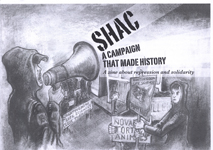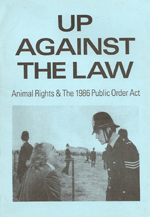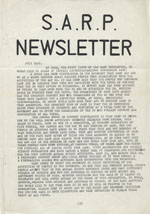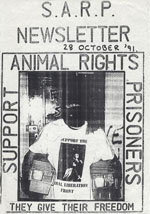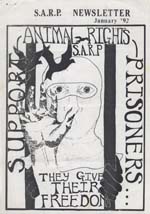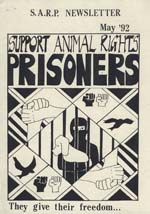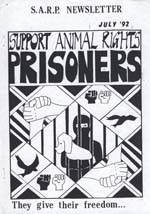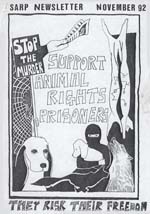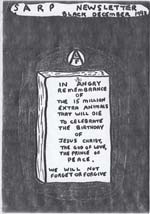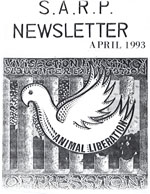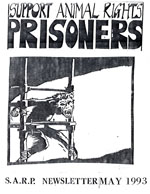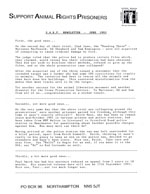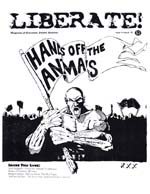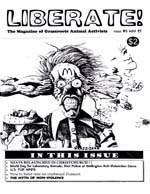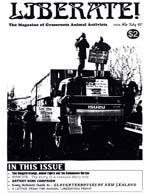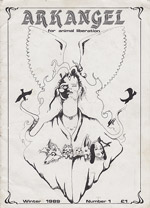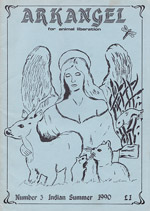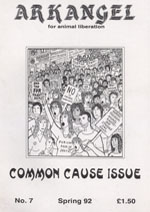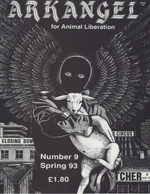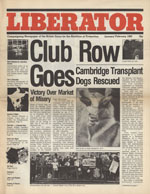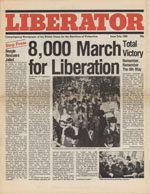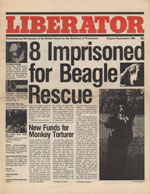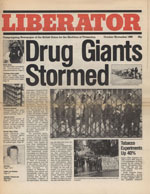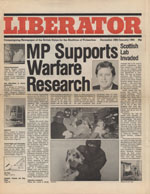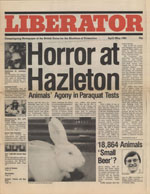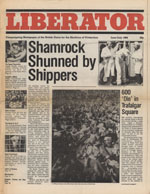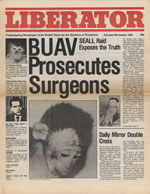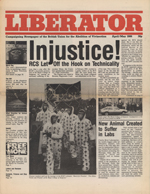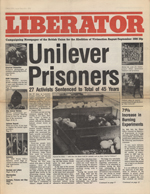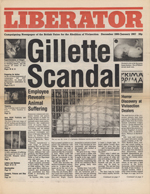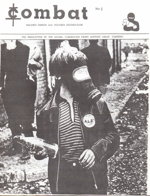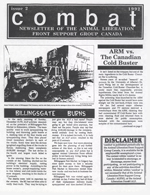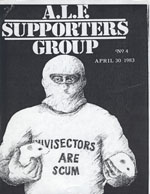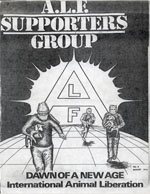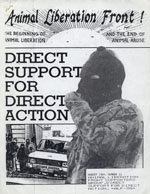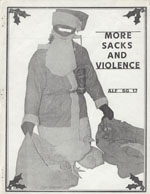Sabotage : A Comic / Zine About The Fine Art Of Hunt Sabotage (1992 – Cardiff, UK) Produced by the Vale and Valleys Hunt Sabs, this short zine provides exactly what the title suggests. The interior has articles and comics from a wide cross section of saboteur subcultures, from crusties to older folks in white tennis shoes. The quality of the content is all over the map as well, but still makes for an interesting look at sabbing culture and technique in the early 1990s.
SHAC – A Campaign That Made History (2013. City of publication unknown, Italy) Originally published as “SHAC: ha fatto storia.” The english translation is not perfect, but makes for a good overview of the FBI’s “Operation Trailmix” in the US and INTERPOL’s “Operation Achilles” in Europe. The collective that made this booklet has a blog at shacmadehistory.noblogs.org
SNARL! Handbook of the Leeds A.L.F. (1985. Leeds, England) Hilarious, youthful, arrogant, and obnoxious- and just a little bit dangerous. Ignore the sketchy how to’s and enjoy the rest!
Still Angry? The Compilation Tape and Fanzine: A Benefit for the Toronto ALFSG (1987. Toronto, ON. Canada) The Toronto ALFSG released many of the publications on this site and were one of the best sources of information on direct action for non-humans in the 1980s. In order to financially support their work they released this cassette and zine compilation in 1987. The bands featured are primarily from Europe, North America, and South Africa and run the gamut of punk sub-genres. The zine and liner notes are typical of their era- cut and paste style graphics, juvenile interviews, and plenty of righteous frustration with law and order.
Due to a file error, we currently only have Side A of the cassette digitized. Please accept our apologies, we will post the full cassette eventually… Maybe…
True Story of Stumpy the Bear, The (City and date of publication unknown. USA) The US Forest service auctions off public land for private profit at a net loss to the taxed classes. How does an organization behave so badly for so long without anyone noticing? The USFS has as part of its solution a cartoon bear…
Radical environmentalists subvertised the heck out of Smokey in the 80’s and 90’s to great effect. The free Smokey comic books given out at ranger stations were replaced with these Stumpy comics.
Up Against The Law (1987. London, England) Before the Animal Enterprise Terrorism Act or the advent of Ag-Gag laws, western governments were using other means to protect the profits of animal abusers. Through methods legislative and extra-legal the British government was particularly skilled in disrupting the efforts of animal liberationists. By the late 1980s these attacks had become so commonplace that J.J. Roberts (the collective pen name of John Page and Jane Holgate) wrote Up Against the Law as an effort to give activists a means to fight back.


